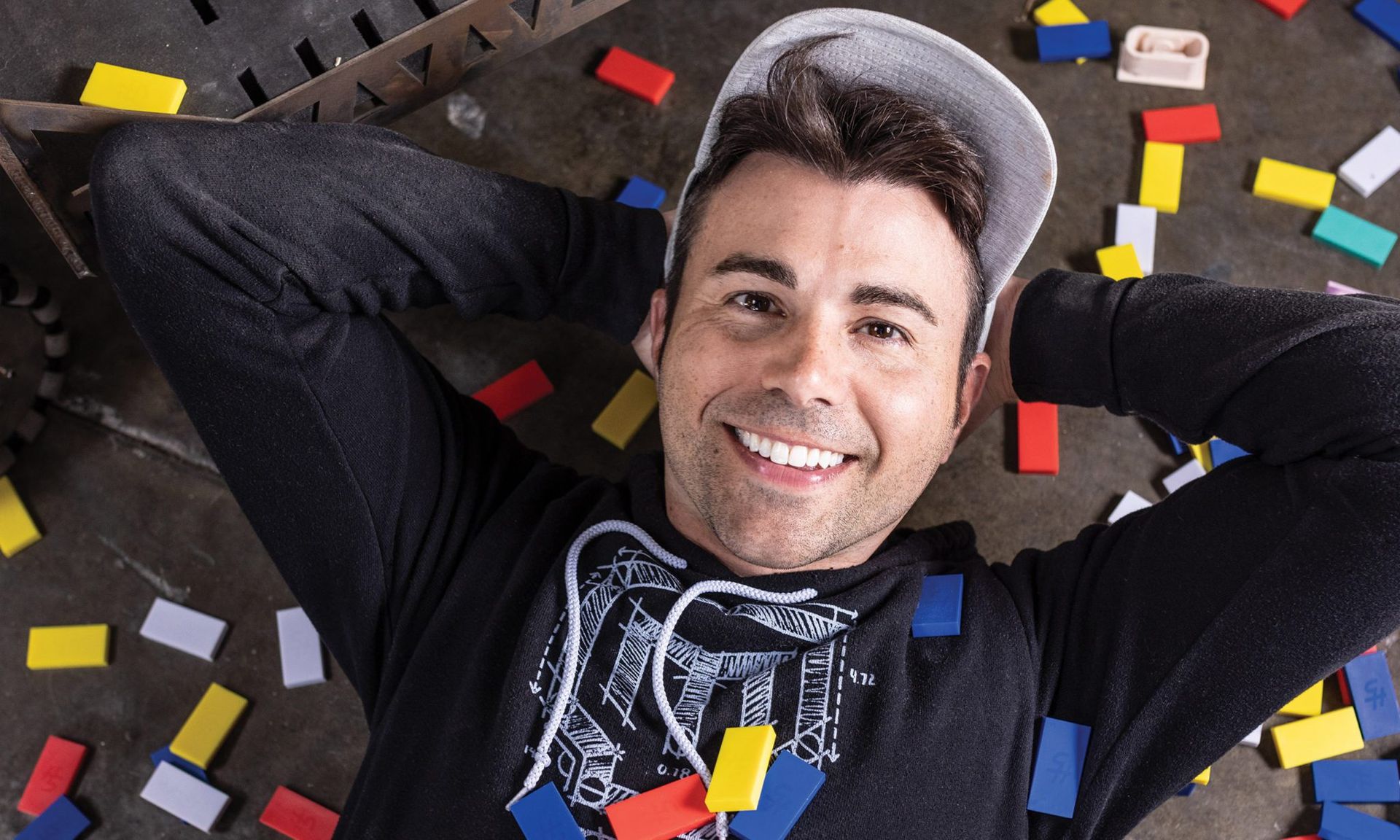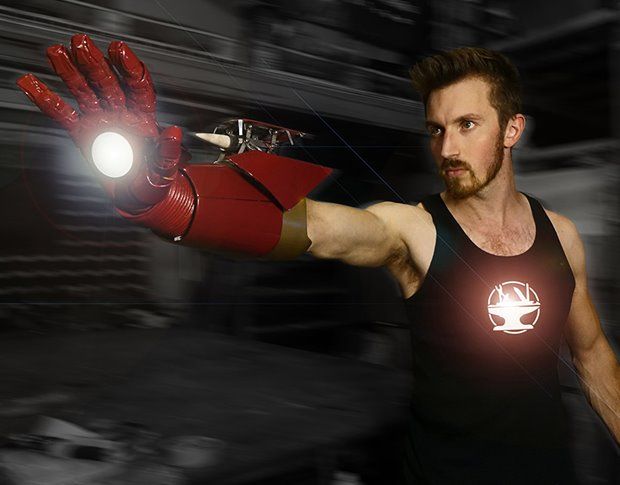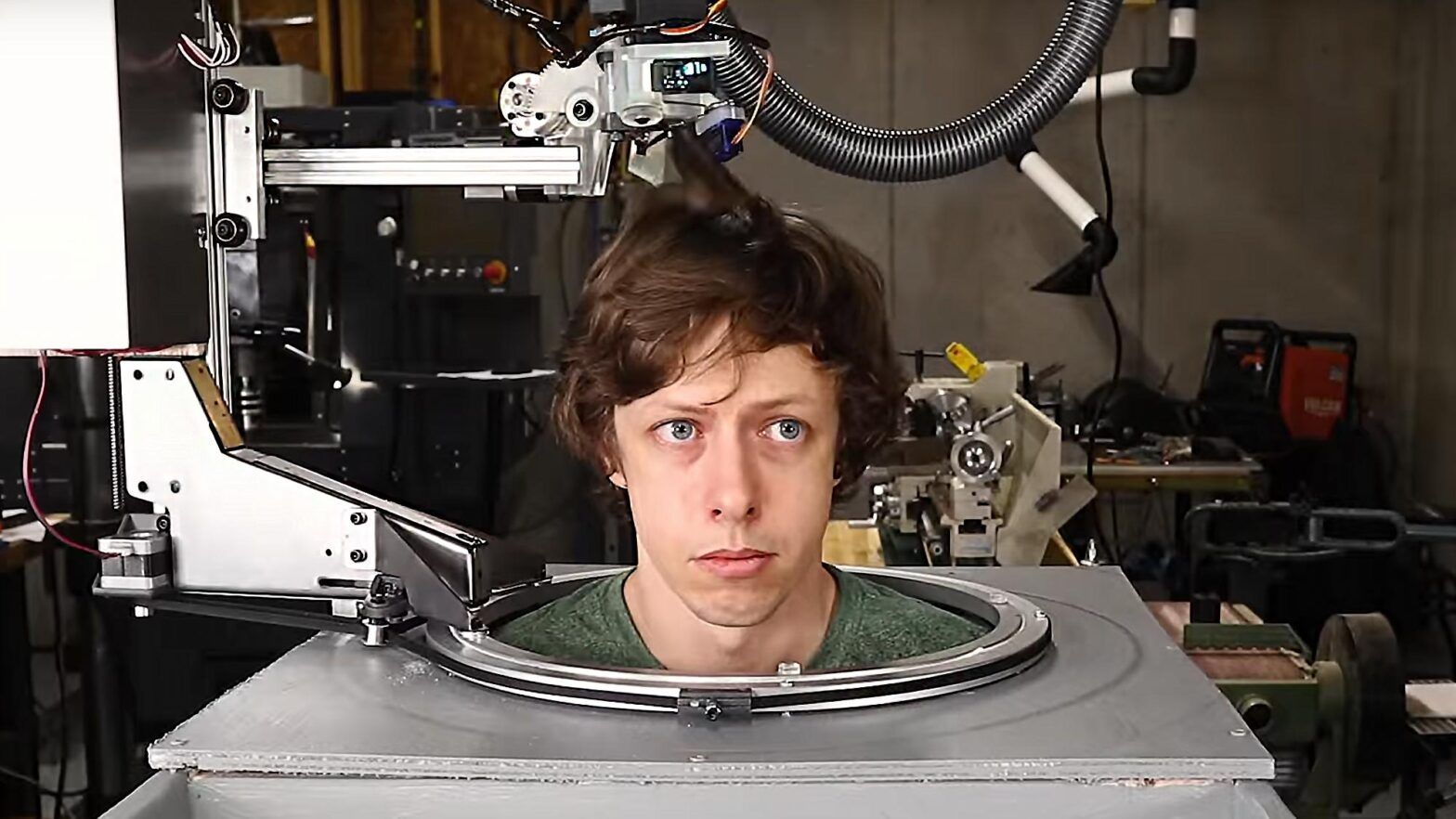In this article, we delve into the journeys of the 4 most successful DIY content creators and inventors on YouTube. We explore how they embarked on their YouTube careers, what drove them to do so, and the winning formulas that have propelled them to their current levels of success.
Best DIY Creators on YouTube
I've selected four distinct DIY creators, each with a unique brand and diverse backgrounds, but united by their passion for video production and engineering expertise. If you are not interested in their background, scroll down to learn how they gain their subscribers.
Key takeaways:
- Brand yourself with a niche and your background
- Relatable Content ( Sport, School Projects, Marvel Characters )
- Work on visual communication and simplify science presentation
- Focus on the story of solving one problem with one solution
- Don't overwhelms viewers with technicality and manufacturing process

Mark Rober
29.4M Subscribers | 137 videos | 12 years in YouTube
Average video length - increased from 5, 10 to 20 minutes
Mark Rober, a prominent engineering YouTuber, often underappreciated for his skills in marketing, business acumen, and education, effectively leverages his NASA background to build his brand. He creates compelling videos with engaging storytelling, simplifies complex physics concepts, demonstrates engineering problem-solving, employs eye-catching thumbnails, and delivers concise intros. Rober's collaborations with major channels like Jimmy Kimmel and MrBeast have further elevated his brand, while his early viral videos, like the iPad Halloween costume, set the stage for his YouTube success. He maintains a consistent upload schedule of one video per month on his main channel and has partnered with MrBeast on initiatives like TeamTrees and TeamSea for environmental causes. In 2022, he ventured into the education toy market with CrunchLabs, offering subscription-based learning products.

Hacksmith Industries
14.4M Subscribers 1K videos | 17 years in YouTube
Average video length - 15 to 20 minutes
The Hacksmith is a popular YouTube channel known for bringing gadgets from video games and movies to life, with a particular focus on creating iconic items like lightsabers. James Hobson began his YouTube journey by uploading parkour videos shortly after the platform's launch in 2006. Throughout his four years of college, he continued sharing various DIY experiments and engineering projects, which included ventures into 3D printing and the creation of Wolverine claws. In 2013, Hobson rebranded his channel as The Hacksmith and shifted towards more complex and technical projects, significantly increasing his annual video uploads from 44 to 96.
In 2014, Hobson achieved his first viral video when he used pneumatic cylinders to construct an exoskeleton capable of curling 170 pounds. This video garnered over 500,000 views in just three days and led to an invitation to appear on the Discovery Channel, where he successfully curled 275 pounds. Overwhelmed by the demands of his corporate job, Hobson made the life-changing decision to leave it behind in late 2015, dedicating his full attention to YouTube. Within weeks, his channel's subscriber count surged from 100,000 to 500,000, and by the end of the year, it was approaching the one-million mark. This rapid growth transformed The Hacksmith into a thriving channel that generated income through YouTube ads.

ColinFurze
12.9M Subscribers | 394 videos | 16 years in YouTube
Average video length - 15 minutes
Colin Furze is a renowned YouTuber known for his channel, ColinFurze, where he creates gadgets, weapons, and outrageous items inspired by video games and movies, with, seemingly, no safety precautions. He gained fame for his unconventional projects, including turning his home into bunkers and even destroying parts of it for his creations. Furze's journey as a creator began in his youth, experimenting with DIY projects, exploring old quarry sites, and recording their adventures on VHS tapes. Despite an unconventional start, he pursued his passion, leaving school at 16 to become a plumber. His YouTube career took off after sharing his inventions on the platform, especially with his "wall of death" video in 2007. While working as a plumber until 2011, he gained recognition with a presenting and making role on the TV series "Gadget Geeks" on Sky1. Eventually, due to his YouTube channel's success, he made the decision to focus on it full-time.

StuffMadehere
4.4M Subscribers | 32 videos | 3 years in YouTube
Average video length - 15 to 20 minutes
Shane Wighton undeniably showcases his genius through his YouTube channel, Stuff Made Here, dedicated to engineering and creative inventions, including haircutting automation and auto-adjustable basketball hoop. Wighton's educational background includes a bachelor's degree in mechanical engineering and a master's degree in computer science. Notably, his passion for 3D printing led him to create a software demonstration to secure a position at Formlabs, where he has contributed significantly with 29 patents since 2014. These patents primarily revolve around enhancing additive fabrication processes for Formlabs. Despite the success of the Form 3 in 2019, Wighton's departure from the company was attributed to differing future expectations, with Wighton opting for a more captivating journey creating YouTube content.
In just three years since its launch in March 2020, the channel has amassed over 4.3 million subscribers, with an impressive average view count of 5.5 million per video, establishing it as a standout in the engineering content sphere on the platform. Across 32 meticulously crafted videos, Wighton excels in storytelling and visual communication, effectively elucidating the intricacies of engineering, camera work, and illustration.
How DIY Youtubers Gain Views?
Have you ever wondered if you have what it takes to join the niche YouTube DIY community inhabited? These remarkable individuals all share a common thread of exceptional talent and creativity. What sets them apart is their educational backgrounds, most of which are in engineering or related fields, providing them with the technical expertise necessary to transform ambitious ideas into real-life creations. Most YouTubers utilize mainstream fandom from popular video games and movies to gain views. The Hacksmith and ColinFurze employed the classical approach, which is uploading as often as you can strategy where videos showcase their production process.
The fastest growing engineers on YouTube have a different approach. Wighton focuses on an incredible automation of sports through highly complex builds. Mark Rober, in particular, stands out for his content aimed at teens, including hyper-realistic Halloween costumes infused with technology and tips on excelling in science school projects, which is relatable to everyone. This also relates to how SEO works, which increases the chance of your content being searched on Google. What's intriguing is that it's not always about creating something massive or groundbreaking. Rober's most successful videos feature seemingly activities with a scientific twist like:
- Swimming in a jelly pool
- Cutting a watermelon
- Swimming in a sand pool
- Crafting squirrel maze
Wighton and Rober offer valuable insights for content creators, emphasizing that you don't need to upload content frequently to succeed. Their examples highlight the significance of creativity, simple and direct storytelling, simplicity of science, and introducing novelty to captivate audiences. They effectively employ a problem-and-solution approach, dedicating
less than 10 seconds to showcase the manufacturing process and avoiding any tedious segments, which significantly boosts their viewership. You may think your idea is the process of making cool but causal viewers may not find it interesting. That's the difference in content quality between Mark Rober and the rest.
Ultimately, the core ethos of DIY creators revolves around inspiring viewers and cultivating an interest in engineering, with a story of a straight-forward problem that is relatable to everyone and a over-simplified demonstration of the solution.
How DIY Creators Get Paid?
Not all of content creators revenue stream is the same, but most often their path develops like this.
- YouTube Ad revenue
- Patronage platform
- Brand deals/ Partnerships/ Sponsorship
- Merch
- Starting a company
Don't bother thinking of starting any of these unless you have a stable YouTube Ad revenue. You can only start full-time with a YouTube career once you have a video passed the 1 million mark. Many successful DIY creators often establish patronage accounts or crowdfund their future projects, leveraging the support of their dedicated audience. However, Mark Rober stands out as an exception in not opening a patronage account. Creators like The Hacksmith and StuffMadehere have Patreon accounts, while Colin Furze has partnered with YouTube membership. Membership programs are particularly valuable for DIY creators as their projects require significant time and effort. These programs provide a stable income, allow for fan segmentation with various tier benefits, facilitate direct communication with supporters, and serve as a crowdfunding source for upcoming projects. Majority of successful creators with over 1M subscribers rely on brand deals to cross over their viewership chasm, making bigger projects on a bigger stage with bigger machineries.
立即注册 UniFans 引力圈, 轻松自由地创作吧!
立即注册 UniFans 引力圈, 轻松自由地创作吧!
nOTE:
Only team owners can access this feature. Please ask your team owner to access this feature.
RELATED CONTENT

UniFans Content Team
UniFans' content writing team is a group of creative storytellers dedicated to crafting engaging and insightful content for the digital world, specializing in topics that resonate with influencers and online content creators.








